To begin today’s class we started with changing our environment from Macluarian to the video conferencing room in Clearihue building where we were met with a 51st-century experience of a room that contained dozens of mics, sound-absorbent walls, and cameras that had the power to find the speaker in the room and zoom in on them talking. We attempted to have a video conference lesson however technology does fail and sadly we had to say goodbye to our virtual teacher. We had initial questions that made us think about pedagogical and modality approached practices. We were asked to compare face-to-face interactions with online ones to try to think about why both are important, beneficial and why people have different opinions on both methods.
Why is face to face experience important in class?
-Face to face interaction allows students a mutual understanding with the teacher
-It makes the students feel more engaged and forces them to stay alert
Should an instructor’s preference override students’ accessibility?
-I think it depends on the teacher’s values if they believe that their pedagogy rules over students accessibility then they may think that it is up to the student to adapt their own lives to attend their class in the way the teacher prefers, and sometimes this isn’t physically or mentally possible for the student.
Should Modality bias exist?
-Yes
Comparing face-to-face classes and online programs you can relate them to the levels of exclusivity, segregative, integration and inclusivity aspects. According to the diagram shown, face-to-face instruction can be seen as exclusive as it does not allow the chance for everyone to attend and learn. A segregated comparison would be having the same class in a face-to-face version and an online version. Inclusion comparing these two pedagogies is having either virtual conferences or using one of the robots that allow for artificial movement and being there. A major question that we need to think about as future educators are how can we destruct modality bias to seek what we want to achieve (inclusion and learning)
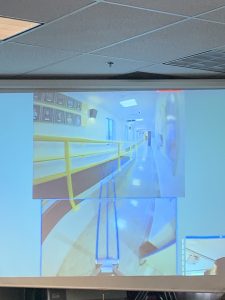 Another pretty cool thing we got to see and learn about today was a cool little robot man who has the ability to move around a class while projecting an image of the person controlling the robot from a different area. This robot was very neat as it allows for an inclusive classroom environment for students who may not be able to attend because of mental or physical reasons.
Another pretty cool thing we got to see and learn about today was a cool little robot man who has the ability to move around a class while projecting an image of the person controlling the robot from a different area. This robot was very neat as it allows for an inclusive classroom environment for students who may not be able to attend because of mental or physical reasons.
Also, It was very cute and we had the opportunity to scare lots of bystanders.
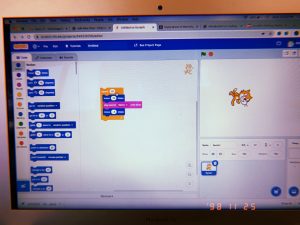
 Another pretty cool thing we got to see and learn about today was a cool little robot man who has the ability to move around a class while projecting an image of the person controlling the robot from a different area. This robot was very neat as it allows for an inclusive classroom environment for students who may not be able to attend because of mental or physical reasons.
Another pretty cool thing we got to see and learn about today was a cool little robot man who has the ability to move around a class while projecting an image of the person controlling the robot from a different area. This robot was very neat as it allows for an inclusive classroom environment for students who may not be able to attend because of mental or physical reasons.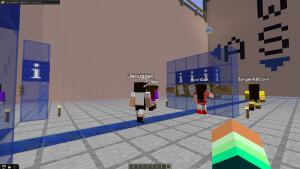
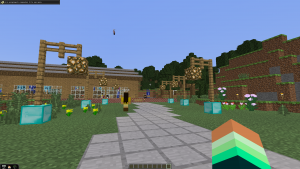
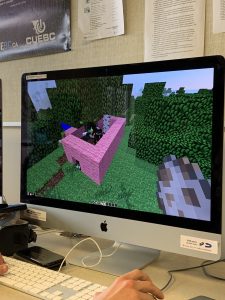


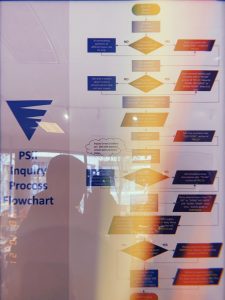 It was at this location where we found our classroom to be located at the Pacific School of Innovation and Inquiry (PSII) This school is not like your usual highschool, yes there are teenagers everywhere and teachers, however, the similarities stop at that. When we walked in our first sight was a large open area covered in desks each fitting around five students. On these desks, there were cute little plants each with their own names and sitting around the desks were students from early to late teens working. The working was what surprised me at first, now I know that sounds bad but it is not unusual to see a classroom filled with students distracted and barely working, that was not the case for PSII. These kids were hard at work doing all sorts of different learning from reading, computer programming, sewing, and even crocheting! Seeing all of this was very overwhelming for me, I kept thinking “where are the classes? “where are the teachers? “who is watching these kids? It wasn’t until we had a talk with principal Jeff Hopkins that it all the pieces started to fit together. PSII is an inquiry-based school, this means this school is almost 100% personalized learning whereas the students are able to pick their own interdisciplinary learning pathway that ends up meeting all the same curriculum competencies as the B.C curriculum. This form of learning allows the students the chance to truly learn about what they’re passionate about, allowing children to be more obliged to their learning.
It was at this location where we found our classroom to be located at the Pacific School of Innovation and Inquiry (PSII) This school is not like your usual highschool, yes there are teenagers everywhere and teachers, however, the similarities stop at that. When we walked in our first sight was a large open area covered in desks each fitting around five students. On these desks, there were cute little plants each with their own names and sitting around the desks were students from early to late teens working. The working was what surprised me at first, now I know that sounds bad but it is not unusual to see a classroom filled with students distracted and barely working, that was not the case for PSII. These kids were hard at work doing all sorts of different learning from reading, computer programming, sewing, and even crocheting! Seeing all of this was very overwhelming for me, I kept thinking “where are the classes? “where are the teachers? “who is watching these kids? It wasn’t until we had a talk with principal Jeff Hopkins that it all the pieces started to fit together. PSII is an inquiry-based school, this means this school is almost 100% personalized learning whereas the students are able to pick their own interdisciplinary learning pathway that ends up meeting all the same curriculum competencies as the B.C curriculum. This form of learning allows the students the chance to truly learn about what they’re passionate about, allowing children to be more obliged to their learning.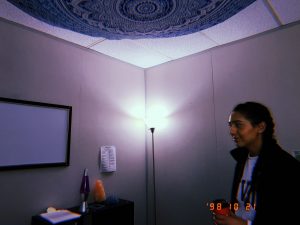
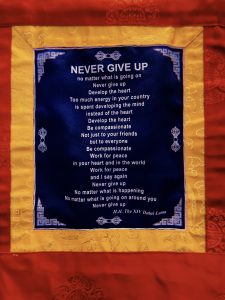
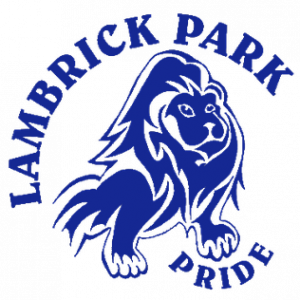

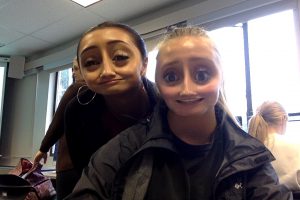
Recent Comments